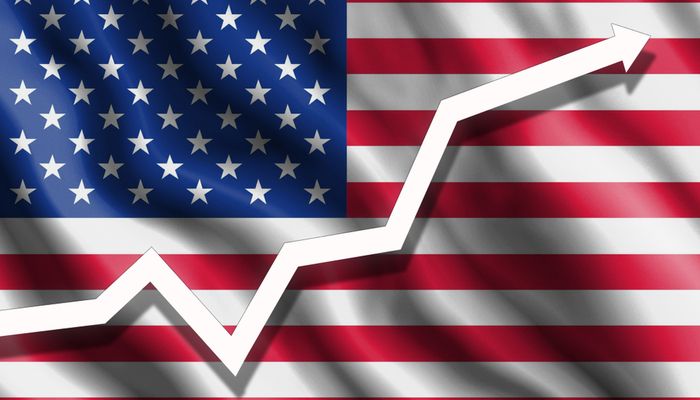The alarms were raised in the United States and globally, with the debate about the start of an inflationary process reignited among investors and market participants.
There are opposing opinions between two sides. On one side, some believe that what’s currently happening in the markets is a phenomenon derived from the restart of the economy and increases in the price of commodities. Once this first impact has passed, the process will lessen. On the other side, some argue that the world economy might be experiencing a new scenario in which the excess demand promoted by the enormous liquidity and upward pressure on wage costs could lead to a continuous process of price increases - inflation.
Inflation is undoubtedly a negative factor for the economy and constitutes an element contrary to a bullish stock market similar to what we have witnessed in recent years. The way to tackle this process could be by raising interest rates, ultimately more restrictive monetary policy measures. However, the Federal Reserve has promised to maintain low-interest rates and monetary stimuli until the employment figures reach pre-pandemic levels.
Therefore, the market is at a crossroads that can only be resolved if the Federal Reserve changes its monetary policy approach or if the subsequent employment and inflation data improve, eliminating the uncertainties that currently dominate investors. We are facing a market scenario where both the statements of the members of the Federal Reserve and the aforementioned economic data could have a huge impact on the price of a large part of financial assets.
After yesterday's figure, the U.S. Treasury Bonds Yields jumped to 1.70%, in the case of the 10-year benchmark, the American stock indices suffered a severe setback, dragging both Asian and European markets back as well.
The Tech100 index accentuated its decline from the beginning of the week and technically is approaching vulnerable levels located around 12.764, below which the previous bull market could be over.
The U.S. Dollar has strengthened due to rising bonds yields, somehow anticipating a change in monetary policy from the Fed.
USD/JPY reversed its downward path and broke past the 109.60 zone, above which would work its way towards the previous highs at 110.80. Still, it should be taken into account that this pair could also be negatively influenced should the stock markets continue to fall, given the safe-haven status of the Japanese yen.
Sources: Bloomberg, WSJ.
